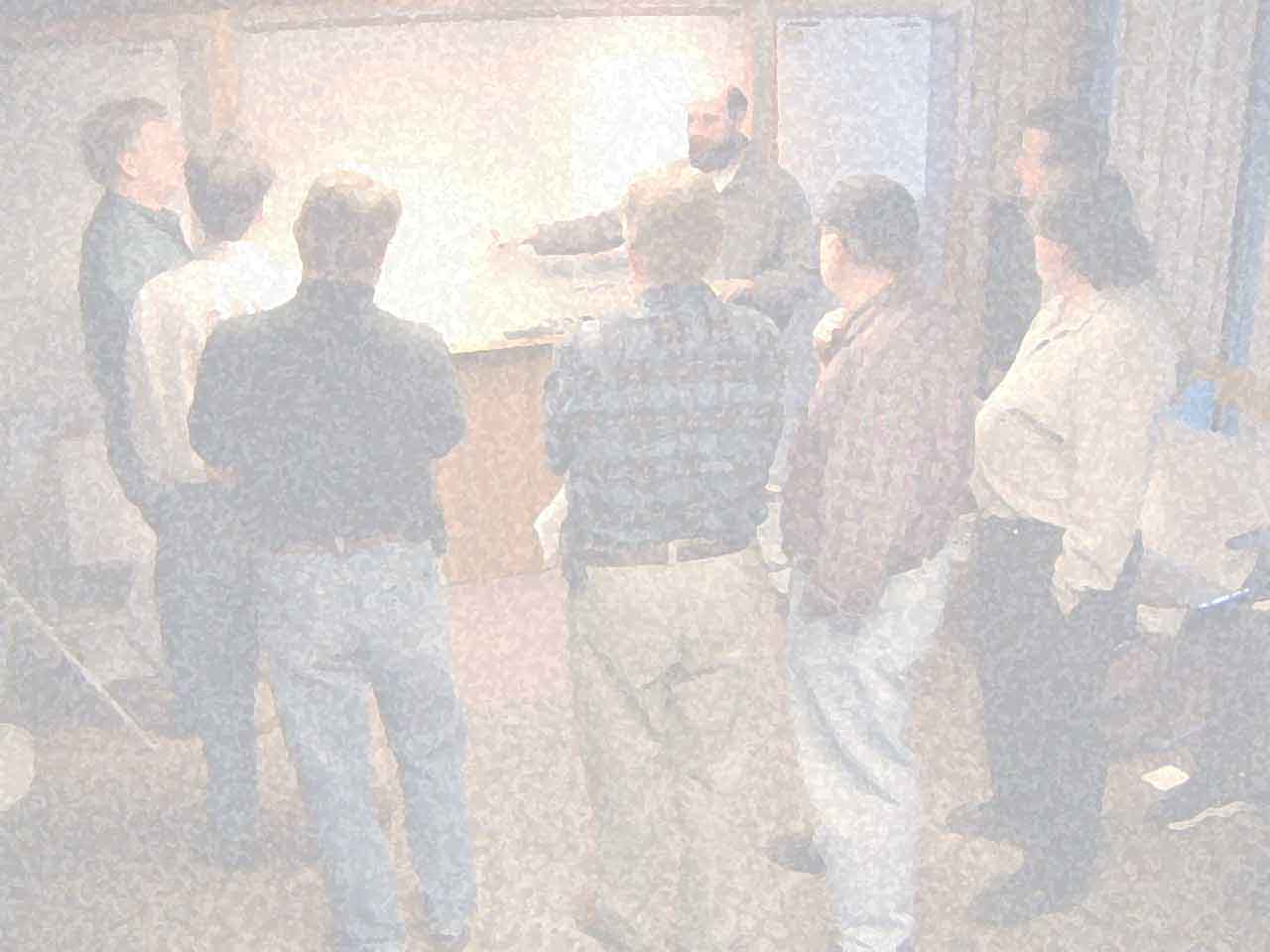The Foundations of Software Design and Architecture (1992-1997)
The earliest titles in this collection reflect a foundational interest in how software interacts with its users and how its internal structure is conceived. Key themes revolve around the quality of interfaces and the establishment of robust architectural principles. In 1992, the focus was on the trade-offs inherent in "Interface-usability evaluation," highlighting an early awareness of the user experience. By 1997, the conversation expanded significantly to include the internal "designing interfaces for programmers," acknowledging that developers are also users of interfaces. This year also saw a strong emphasis on "patterns" to "improve our architectural vision," suggesting a move towards reusable solutions and structured thinking for software architecture. The question "Why Explore Object Methods, Patterns, and Architectures?" further underscores the emerging importance of object-oriented approaches and systemic design.
The Emergence of Agile Practices and Core Engineering Principles (2000-2001)
This period marks a significant shift towards more collaborative, iterative, and disciplined development methodologies, with a clear emphasis on "eXtreme Programming." The year 2000 saw discussions around "Selecting a project's methodology" and directly advocated for "Strengthening the case for pair programming," highlighting the value of close collaboration. By 2001, the influence of these new approaches became even more apparent, with titles like "Aim, fire [test-first coding]" directly referencing Test-Driven Development, a cornerstone of agile. Alongside these methodological shifts, there was an intense focus on fundamental code quality principles, such as "Avoiding repetition [software design]," "Reducing coupling," "Separating user interface code," and the importance of being "explicit [software design]." The practical application of these new ideas was also a concern, as seen in "Launching extreme programming at a process-intensive company," indicating efforts to integrate agile into diverse organizational contexts.
Expanding Horizons and Practicality in Software Engineering (2002-2003)
Following the initial embrace of agile and core design principles, this period shows a broadening of scope, applying these ideas to new domains and grappling with more nuanced aspects of software development. In 2002, the emergence of "The software engineering of internet software" signaled a growing recognition of specialized domains. Practicality was a strong theme, with discussions on "Ubiquitous automation," "Using metadata," and specific techniques like "Mock objects" and "State machines." There was also a humorous, yet insightful, acknowledgment of reality with "The art of enbugging," indicating a more mature perspective on defects. By 2003, discussions deepened with questions like "Design - Who needs an architect?", suggesting a re-evaluation of roles within agile contexts. Agile concepts became more explicit, as shown by "The trip-packing dilemma [agile software development]," while new advanced paradigms like "Model-driven development" also entered the conversation, pointing towards automating code generation from abstract models.
Refinement of Construction and Process Adaptation (2004-2005)
The mid-2000s saw a consolidation and refinement of previous themes, with a stronger emphasis on robust software construction and the adaptability of methodologies. In 2004, the "OO in one sentence: keep it DRY, shy, and tell the other guy" title highlighted the "Don't Repeat Yourself" (DRY) principle, signifying a continued focus on efficient and clean code. Other construction-oriented titles like "Three legs, no wobble [software construction]" and "Imaginate [software construction]" suggest an ongoing push for solid engineering practices. Requirements continued to be a critical area, emphasized by "Nurturing requirements." A new, significant trend was the emergence of "Open source ecosystems," indicating that external collaborative environments were beginning to shape development considerations. By 2005, the discourse acknowledged "The state of design [software design]" as an ongoing challenge, while "The test bus imperative: architectures that support automated acceptance testing" underscored the crucial role of automated testing. The practical adaptation of agile was also a key theme, as seen in "Editor's Introduction: Adapting Agile Approaches to Your Project Needs."
Deepening Expertise in Testing, Requirements, and Evolution (2007-2010)
This final period indicates a maturation of software engineering concerns, moving towards specialized expertise and long-term considerations. The discussion format "Point/Counterpoint" appearing in both 2007 and 2008 suggests a community engaged in nuanced debates and differing perspectives. Test-Driven Development (TDD), first hinted at in 2001, became a central theme, highlighted by "Guest Editors' Introduction: TDD--The Art of Fearless Programming" and "Professionalism and Test-Driven Development" in 2007, solidifying its place as a professional practice. The intrinsic link between testing and requirements was further explored in "Tests and Requirements, Requirements and Tests: A Möbius Strip" in 2008, indicating a holistic view of quality assurance. By 2009, the introduction of "A Pedagogical Framework for Domain-Specific Languages" pointed towards advanced ways of structuring software for particular problem sets. Finally, in 2010, titles like "Perspectives [The changing nature of software evolution; The inevitability of evolution]" showcased a profound shift towards understanding and managing software over its entire lifecycle, acknowledging its inherent and continuous need for adaptation.

